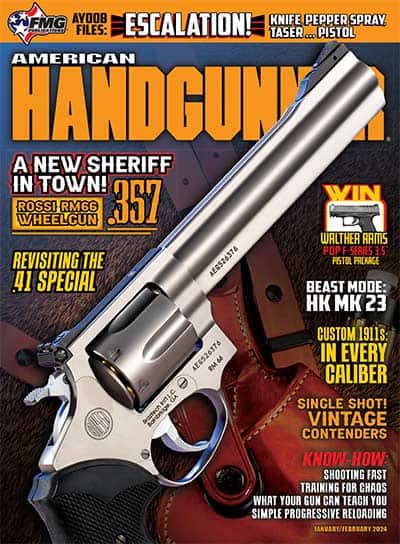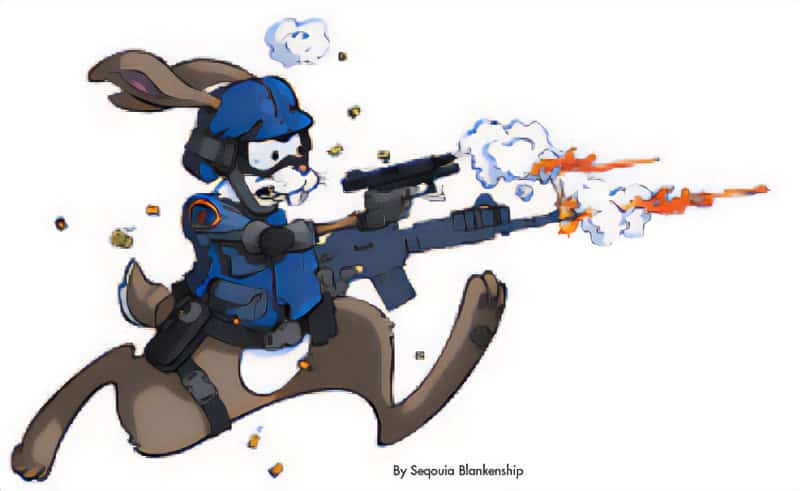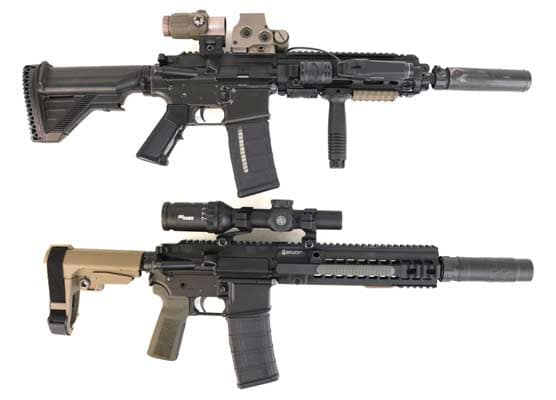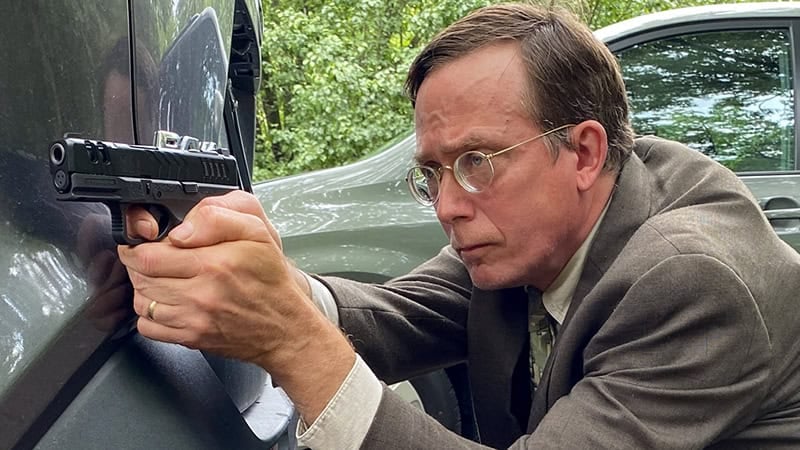Fast Shooting
Fast
Long ago, I had a summer job working with a survey crew. A local library had several classic shooting books, notably Ed McGivern’s Fast and Fancy Revolver Shooting. I read it end to end, no mean feat as McGivern was one of the worst writers to ever pick up a pen.
I regaled my co-workers with some of his achievements, notably the feat of firing five shots in 2/5 of a second. Any shred of credibility I had was gone forever. The crew laughed until they about fell down, and by the end of summer, I was heartily sick of the phrase “two-fifths.”
I wish I could find those doubters and show them a video of what a really fast shooter can do. McGivern went to a lot of expense to have constructed the best time measurement clocks to back up his claims. To put things in perspective, time starts with the first shot, so reaction time is not a factor. In firing five shots in 2/5 (or 0.400) seconds, there are four “breaks” between shots, each of 1/10 (0.100) seconds. Not many can achieve such speed, but it is certainly within human capability.
Fast shooting is a matter of both equipment and technique. Guns with heavy recoil and substantial muzzle rise take longer to return to target after each shot. Compensators reduce muzzle rise and help get back on target more quickly. Gun weight, cartridge power, grip shape, barrel height above the hand — all these things matter.
It’s useful to think in terms of recoil management rather than recoil control. Certainly, minimizing muzzle rise is important, but in terms of speed between shots, it is critical for the gun to return to its original position, ready to fire the next shot. As the shot breaks and the muzzle lifts in recoil, the shooter lets the trigger move forward to reset the sear, then takes up the slack. If the grip is correct, the gun tracks back to its original position; by the time it gets there, the trigger should be reset and prepped, and as the sights come back on target, the next shot breaks immediately. The shooter needs to incorporate several skills.
Speed Skills
One skill is the ability to keep your eyes open as the gun fires. Sounds simple, but few shooters can do it. Most shooters subconsciously blink just as the gun fires. Don’t believe me? Set a video camera downrange and to the side, focused on your face, and fire a string of shots. Very often, the blink is perfectly synchronized with the shots.
Another skill is a grip on the gun that is solid and consistent. It’s tough to go really fast if the gun shifts in your grip, needing adjustment after each shot. Here is where it gets tricky, though. A full-strength death grip results in locking up the entire hand. The trigger finger has to remain flexible in order to move fast. The grip has to be strong enough to keep the gun from shifting but not so rigid as to limit the movement of the trigger finger.
Strength matters as long as it does not come at the expense of flexibility. The best fast shooters I know have strong wrists and forearms. But I believe muscle tone is equally important. Tone can be achieved by squeezing a grip squeezer or small rubber ball regularly.
A third skill is to recognize a sight picture acceptable for the shot required. It doesn’t need to be perfect; it needs to be acceptable.
Finally, the shooter has to develop trigger control, pressing the trigger straight back without imparting movement to the gun, then releasing trigger pressure to let the trigger reset. In his book, McGivern says “balks” always come on the forward movement of the trigger finger when the shooter doesn’t let the trigger reset.
The “Bill Drill,” developed by Bill Wilson, is one of the best drills I know of for improving speed and accuracy. Face an IPSC target at seven yards. Using an electronic timer, at the beep, draw and fire six “A-zone” hits on target. The objective is a time under two seconds; if the hits are not all A’s, the string doesn’t count. This presupposes a pistol of medium recoil (9mm, .38 Super, .45 ACP) and an open-top belt holster. Anyone who can do it from a security holster or with a full-power .44 Magnum is too good for this world!







